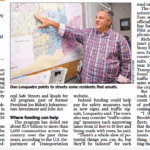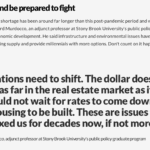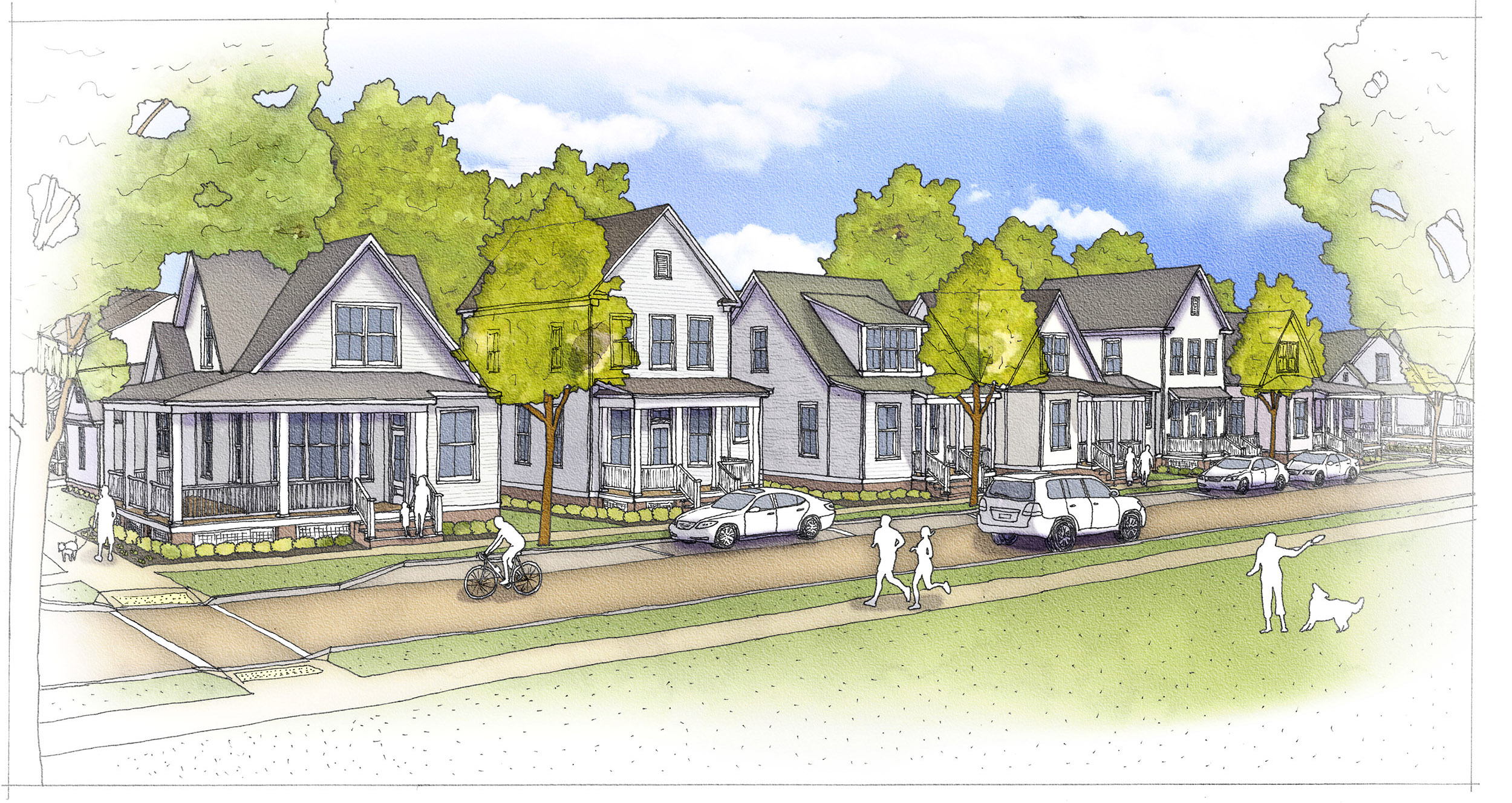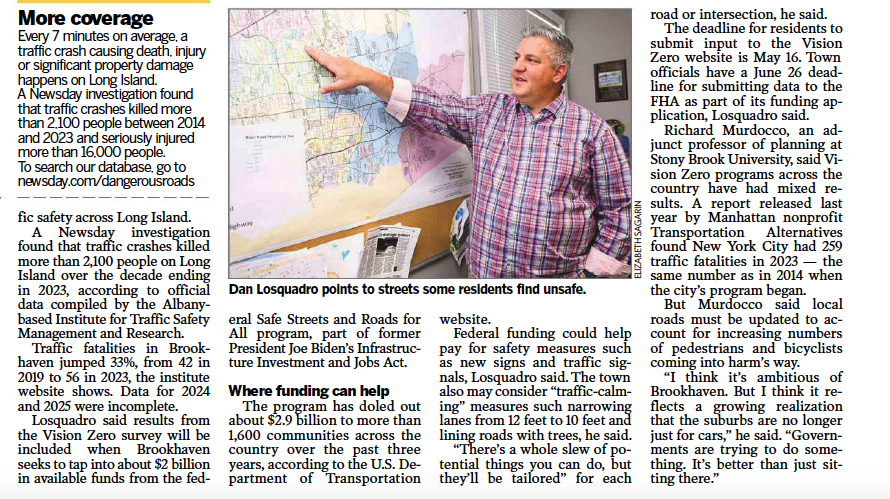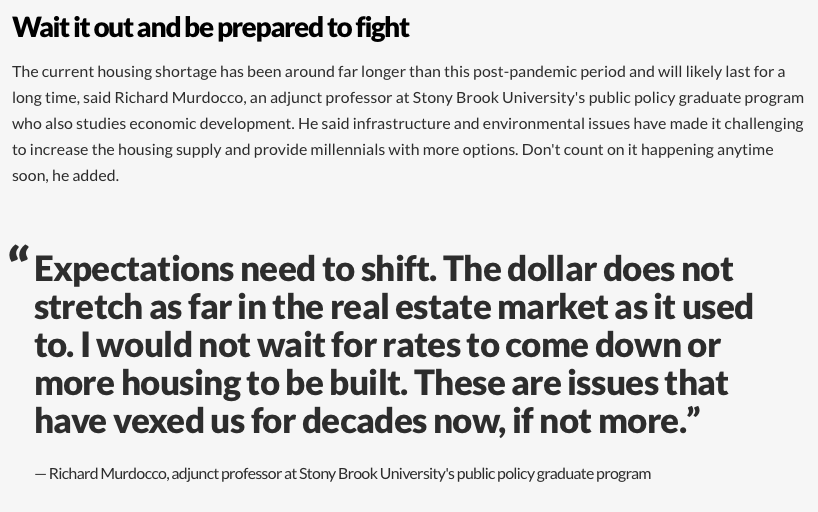As seen in Newsday on February 18th, 2011. This is the original version of what appeared in print and online.
They are rezoning, investing in mass transit, and encouraging mixed-use, higher-density housing.
Zoning is the most important power that a local municipality has over it’s future, and Mr. Pennetta is correct in saying that rezoning would help further the goals of redeveloping Long Island. The problems lay within the rest of his phrase concerning mixed-use developments and higher density housing.
Density on Long Island should not be an issue to be determined on a whim, but after strict environmental studies are conducted by planners and scientists. Currently, without proper infrastructure in place, high-density residential development is not right for most areas. Long Island’s growth is limited not by physical space, but by the area’s environmental carrying capacity. If a municipality increases density in one area, but fails to preserve open space in another, the end result is just higher density sprawl, and nobody on Long Island wants that. The transfer of development rights that is being proposed within the Carmans River watershed is an example of this concept: land was preserved in one area, and the density was increased in a more logical place.
We, as Long Islanders have to remember that our aquifer can only sustain certain amounts of growth, and Nassau County is already at near-maximum capacity. Nassau’s downtowns are already at full build out, and most of Suffolk’s downtowns are limited by their reliance on septic systems.
Lastly, Mr. Pennetta writes how the end results of this smart growth planning are “revived downtowns”. Downtowns on Long Island will always suffer if shortsighted planning is conducted. As it was once said by John A. Black “elected officials tout strengthened zoning and grandiose master plans with one hand, they grant zoning variances with the other.”[2] The truth is, redeveloping Long Island’s downtowns isn’t as simple as many are lead to believe.
Recently, Newsday reported that the Long Island Index ” identified 8,300 acres with development potential in 150 Long Island downtowns”, which is a misleading statement, particularly due to the nature of these 8,300 acres. Of these 8,300 acres, 52% (or 4,316 acres) of this land is set aside for parking, which in many downtowns is a premium asset that is irreplaceable. As for the remainder of the 8,300 acres, 22% is open space, which should be acquired and preserved, and lastly, 26% is other “vacant” land. This is the land to both preserve and develop if density is to be increased elsewhere.
It is one thing to promote both economic development and housing for all age groups regardless of income, but to properly do so we must base our planning and development upon the best available demographic, scientific and environmental data. Trendy buzzwords and ideological planning exercises are not solutions to Nassau’s woes, only part of the problem.





